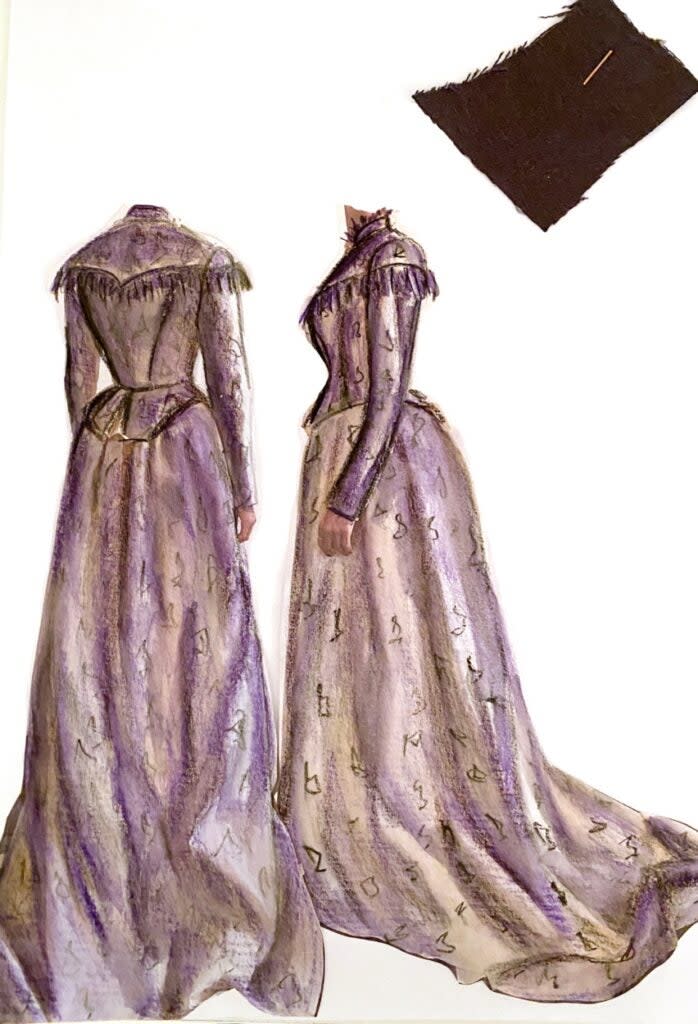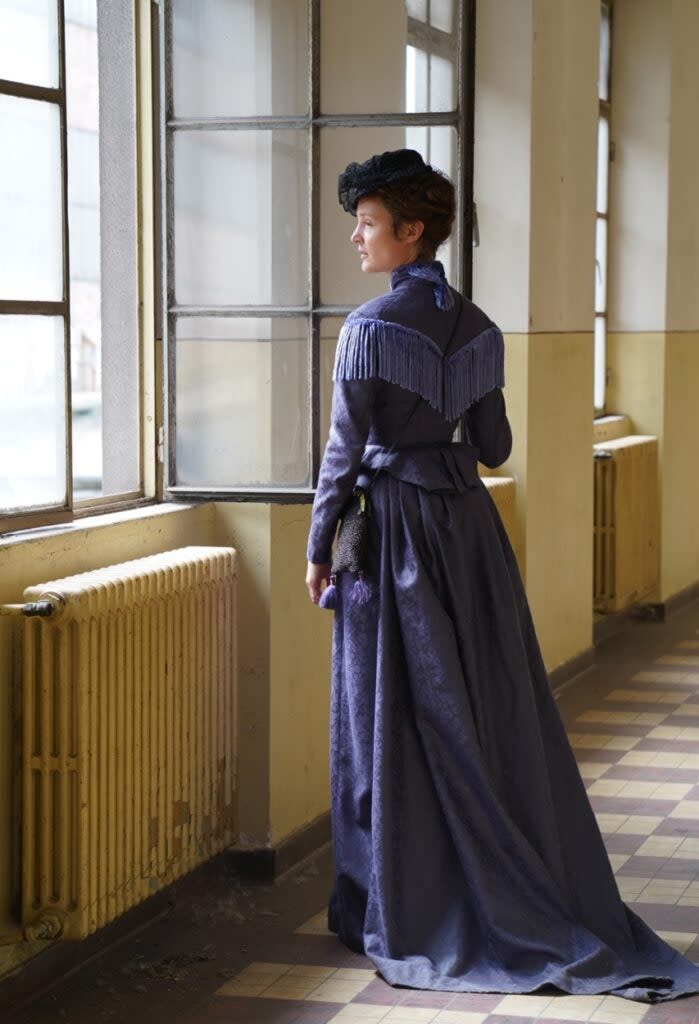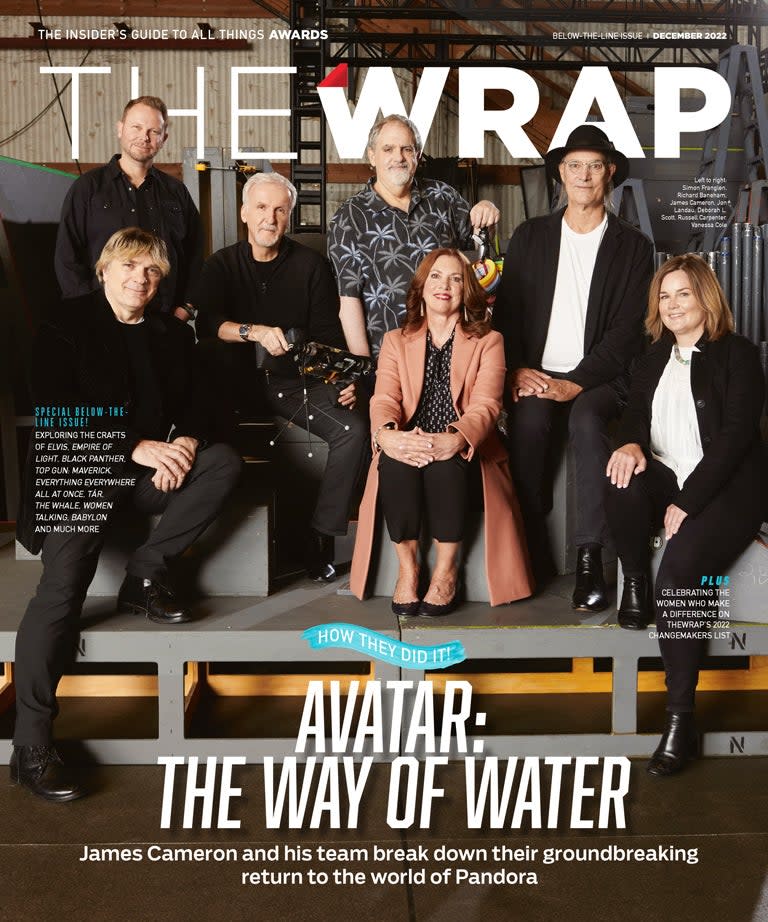How ‘Corsage’ Costume Designer Monika Buttinger Crafted a ‘Fashionable Interpretation’ of a Rebellious Empress
- Oops!Something went wrong.Please try again later.
This story about “Corsage” costume designer Monika Buttinger first appeared in the Below-the-Line issue of TheWrap’s awards magazine.
Marie Kreutzer’s “Corsage” depicts a year in the life of Elisabeth (Vicky Krieps), a 19th-century Empress of Austria and Queen of Hungary. As she approaches her 40th birthday, Elisabeth mounts an escalating rebellion against rules and expectations, which gives the story a distinctly modern feel.
When costume designer Monika Buttinger first read the script, she knew she wasn’t dealing with a “normal period piece,” but with something that required a different approach. “For me, it was clear that we had to work on a kind of fashionable interpretation for the actual viewers of the film,” she said. Buttinger started tinkering with a “special style” that honored both the character and the historical figure. “Elisabeth was really an influencer at her time,” she said. “She was an icon for decades, which was very unusual, I think. Every woman focused on her style, on her clothes.”
The empress was known for “tight-lacing,” the practice of wearing an extremely tight corset (corsage in French) to make the waist appear smaller. Buttinger built each look around a cinched waist and kept the rest of the silhouette simple with straight lines and minimal decoration. “Like the title of the film, the corset is the cage for the empress,” she said. It’s an apt metaphor for both 19th-century beauty standards and the suffocating effect of life under the patriarchy and in the public eye.

When the film’s original shooting date was moved up, Buttinger rushed to gather as many materials as possible. “The only thing I knew was that we wanted to have not too much color and not too much pattern,” she said. “So I got to Italy, I stayed in the mountain of fabrics for three days. And we came back with (at least) 300 meters of fabric.”
Buttinger mapped out a “color world” for each location Elisabeth visits, often corresponding to her emotional state. In Vienna’s Hofburg Palace, a muted palette of silver, gold, gray and beige echoes her feelings about royal life. During an English getaway, she sports a bright red-orange dress. In situations “where she feels good,” she wears mauve, her favorite color. And as Elisabeth embraces a certain darkness, the color scheme follows suit. “We wanted to show the monarchy breaking down or getting to its end,” Buttinger said.
No matter what she wears, Elisabeth always appears isolated from her surroundings. That effect was partially achieved by limiting the other actors to just one or two looks, mostly borrowed from costume storages. Even major characters like Emperor Franz Joseph (Florian Teichtmeister) or Prince Rudolf (Aaron Friesz) are dressed less ostentatiously than they would have been in real life.
Also Read:
‘Corsage’ Star Vicky Krieps Covers TheWrap’s International Awards Issue (Exclusive Photos)

While Buttinger generally had free rein to create the costumes, there was one notable exception. Late in the film, Elisabeth poses for what she declares will be the last time, just as she did in real life. Kreutzer instructed Buttinger to re-create the uncharacteristic outfit — white gown, ruby necklace, floor-length wig — as faithfully as possible. But in both real life and “Corsage,” it seems as though Elisabeth may have gotten the last laugh.
“After, I heard from a specialist that this dress might never have existed,” said Buttinger. “It was the imagination of a painter, and it was the last painting she was standing for.”
Read more from the Below-the-Line issue here.


